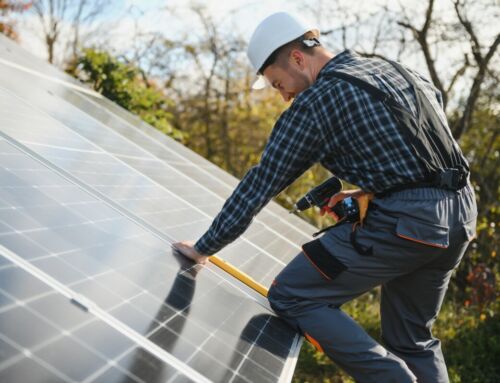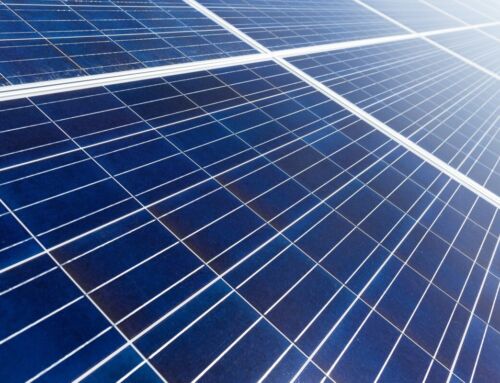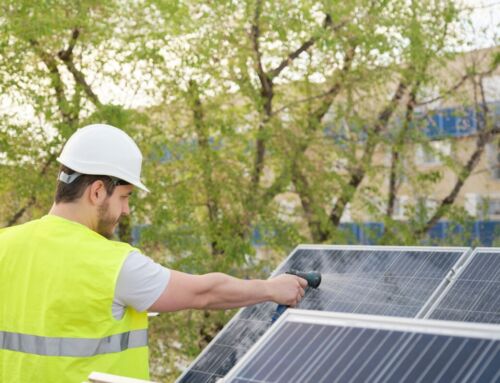As the world begins transitioning towards sustainable energy solutions, solar energy is now considered a viable and increasingly popular option. Solar Energy Costs have significantly reduced over the past decade, making it an attractive investment for both residential and commercial applications. This article will attempt to provide a complete understanding of solar energy costs, the factors influencing these costs, and the benefits of investing in solar power. Throughout this discussion, we will also highlight how NewSolarQuotes.com assists customers in acquiring solar panels and transitioning to a more sustainable energy source.
The Decline in Solar Energy Costs
The cost of solar energy has seen a remarkable decline over the past few years. As per the International Renewable Energy Agency, cost of solar photovoltaic (PV) electricity has fallen by 82% since 2010. This significant reduction is primarily due to advancements and improvements in technology, which has led to an increased production efficiency, and economies of scale. The global demand and interest for renewable energy sources has also spurred competition and innovation within the solar industry, further driving down costs.
Factors Influencing Solar Energy Costs
Several factors influence the overall cost of solar energy, including:
- Equipment Costs: The primary components of a solar energy system include solar panels, inverters, mounting systems, and balance of system (BOS) components. Solar panels make up the largest portion of the cost, but their prices have decreased substantially. Inverters, which convert the direct current (D.C.) produced by solar panels into alternating current (A.C.) used by most appliances, also contribute to the total cost. Mounting systems and BOS components include wiring, switches, and other hardware necessary for installation and operation.
- Installation Costs: Labor and permitting fees are significant components of the overall cost of a solar energy system. Installation costs can vary based on the complexity of the system, the location of the property, and local labor rates. Additionally, permitting and inspection fees imposed by local governments can impact the total installation cost.
- Location and Solar Resource Availability: The amount of sunlight an area receives directly affects the efficiency and output of a solar energy system. Regions with higher solar irradiance can generate a higher amount of electricity using the same number of solar panels, making the system more cost-effective. Geographic location also influences installation costs, as some areas may have higher labor and permitting fees.
- Financial Incentives and Subsidies: Government incentives, tax credits, subsidies and rebates can significantly reduce the overall cost of a solar energy system. For example, in the United States, the federal Investment Tax Credit (ITC) allows homeowners and businesses to deduct a major portion of their solar installation costs from their federal taxes. State and local incentives can further reduce costs, making solar power more accessible and affordable.
The Cost Breakdown of Solar Energy Systems
Understanding the cost breakdown of a solar energy system helps in making informed decisions. Here is a typical cost distribution for a residential solar energy system:
- Solar Panels: 40-50%
- Inverters: 10-15%
- Mounting and BOS Components: 10-15%
- Installation and Labor: 15-20%
- Permitting and Inspection: 5-10%
The total cost of a solar energy system is usually measured in dollars per watt ($/W). As of 2024, the average cost of a residential solar energy system from $2.50 to $3.50 per watt before incentives. For a typical 6-kilowatt (kW) system, this translates to a total cost of $15,000 to $21,000 before incentives. After applying federal and state incentives, the net cost can be significantly lower.
The Long-Term Savings on Solar Energy
Investing in solar energy offers substantial long-term savings and an attractive return on investment (ROI). While the initial installation cost may seem high, the savings on electricity bills over the system’s lifespan can outweigh the upfront expenditure. Solar energy systems usually have a lifespan of about atleast 25 years, during which they continue to generate electricity and reduce or eliminate electricity bills.
The average payback period from a residential solar energy system in the United States is approximately 6 to 8 years. After this period, the system essentially pays for itself, and any electricity generated beyond that point is essentially free. The return can vary depending on factors such as local electricity rates, system performance, and available incentives.
Environmental and Social Benefits
In addition to the many financial benefits, investing in solar energy offers significant environmental and social advantages. Solar power is a clean and perpetual energy source that helps reduce greenhouse gas emissions or avoid them completely and dependence on fossil fuels. By generating electricity from sunlight, solar panels help mitigate climate change and promote energy independence.
Moreover, the solar industry creates jobs and stimulates economic growth. Solar Energy Industries Association has reported that the solar industry helps employ hundreds of thousands of workers in the United States alone. As the demand for solar power and its harvesting continues to grow, so does the potential for job creation and economic development.
NewSolarQuotes.com: Facilitating the Transition to Solar Power
At NewSolarQuotes.com, we are dedicated to helping customers transition to solar power by providing comprehensive and personalized services. Our website offers a wealth of information on solar energy, including detailed guides on solar panel installation, maintenance, and financing options. We also provide free quotes from top-rated solar installers, making it easier for customers to compare and adjust prices and choose the best option for their needs.
Why Choose NewSolarQuotes.com?
- Expert Guidance: Our team is ready to start helping customers understand the intricacies of solar energy systems. We offer personalized consultations to address any questions or concerns and provide tailored recommendations based on individual needs and preferences.
- Competitive Quotes: By partnering with leading solar installers, we ensure that our customers receive competitive quotes and high-quality service. Our network of installers is carefully vetted to guarantee professionalism, reliability, and customer satisfaction.
- Incentive and Financing Assistance: Navigating the various incentives and financing options can be challenging. At NewSolarQuotes.com, we help customers identify and apply for available incentives, such as federal and state tax credits, rebates, and financing programs. Our goal is to help make solar energy more affordable and accessible.
- Comprehensive Resources: Our website NewSolarQuotes.Com and others like FreeSolarPowerQuotes.com feature an extensive collection of blogs, guides, and tools to help customers make informed decisions. From understanding solar energy costs to learning about the latest advancements in solar technology, we provide the information needed to embark on a successful solar journey.
Conclusion
The decreasing cost of solar energy, coupled with the long-term financial, environmental, and social benefits, makes solar power an attractive investment for homeowners and businesses alike. Understanding the factors influencing solar energy costs and the potential savings can help individuals make informed decisions about transitioning to renewable energy.
NewSolarQuotes.com is committed to assisting customers in navigating the solar energy landscape. With expert guidance, competitive quotes, and comprehensive resources, we strive to make the transition to solar power as seamless and cost-effective as possible. By choosing solar energy, individuals can contribute to a more sustainable future while enjoying significant financial savings and energy independence.





